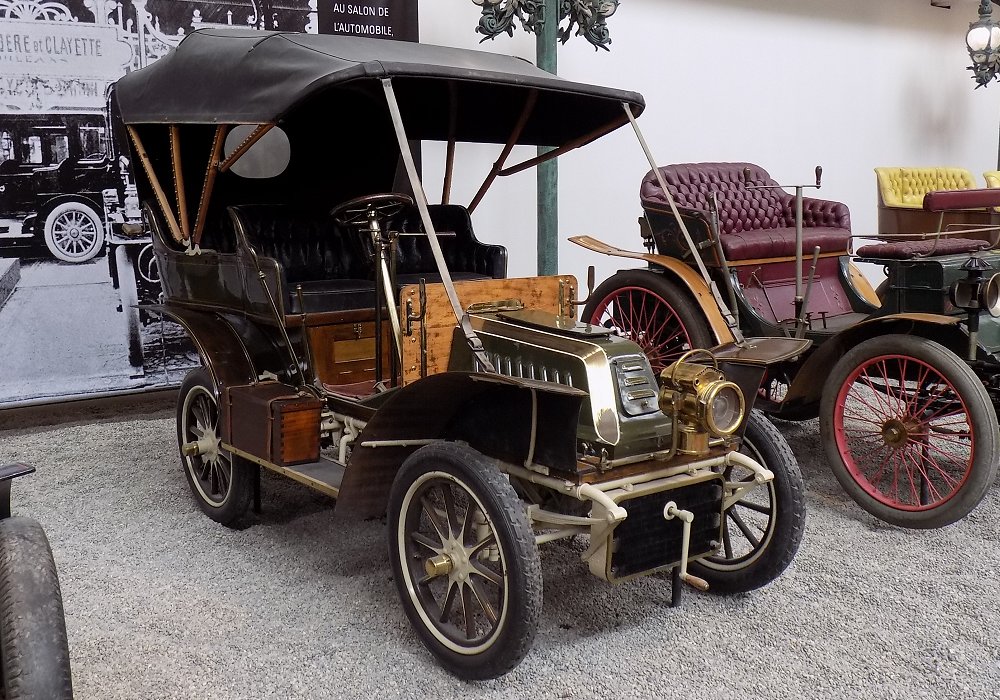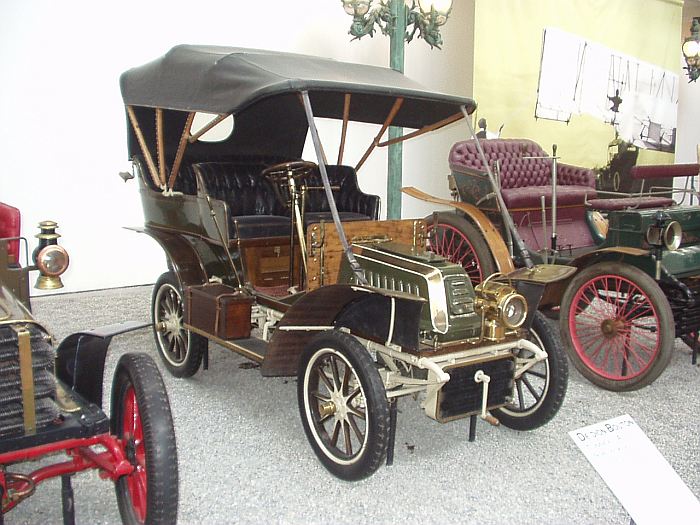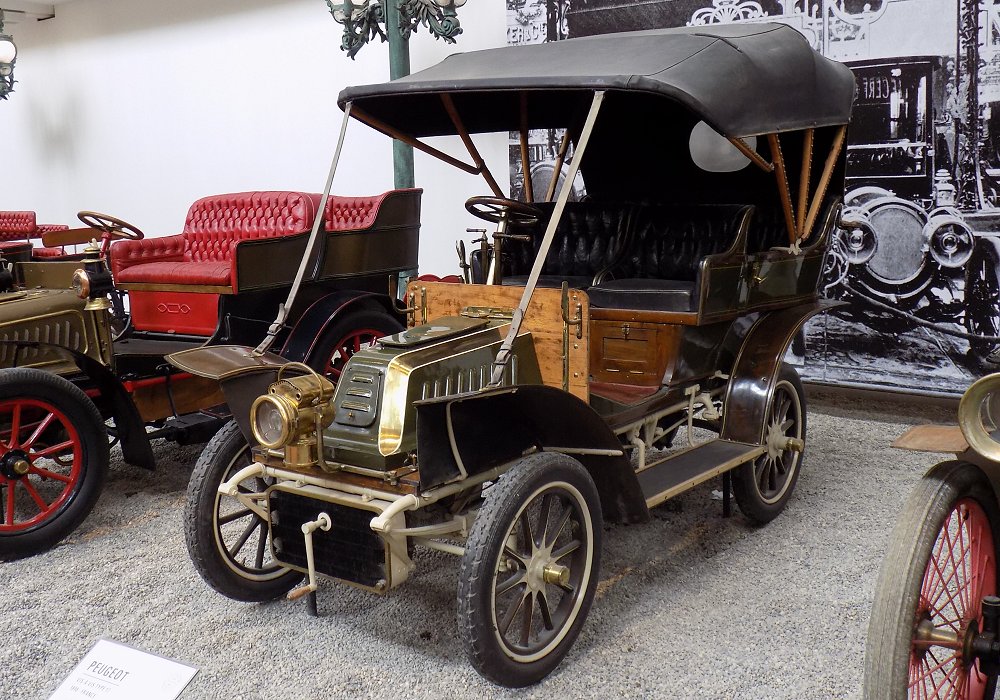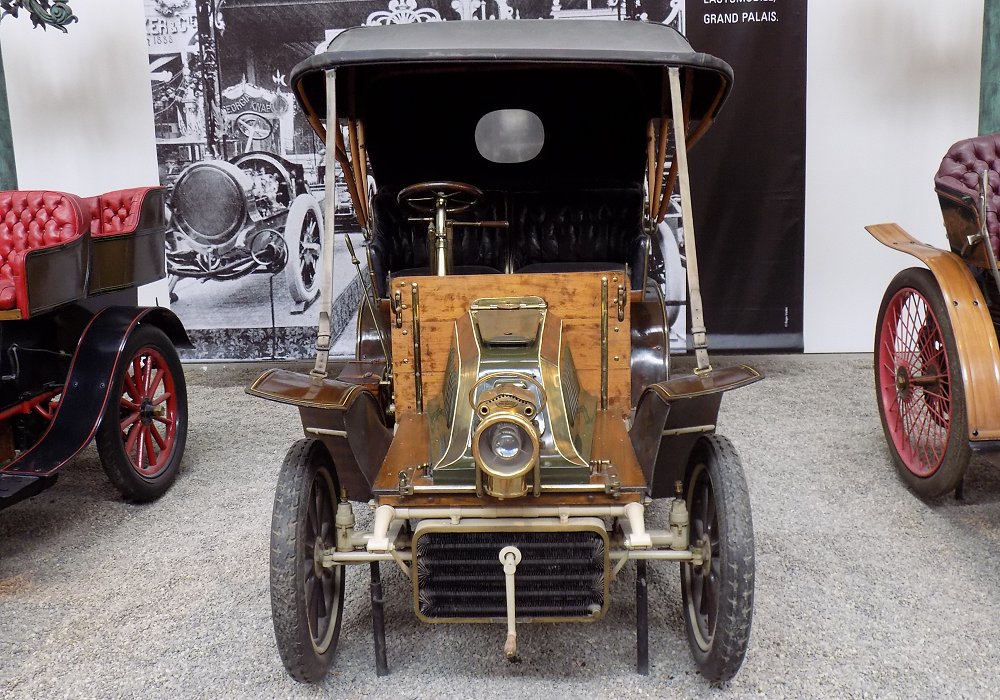Description
The De Dion-Bouton Type AL Tonneau was a well-balanced and elegantly designed touring car introduced in the early 1910s, a time when the French manufacturer was expanding its range of more powerful, multi-cylinder automobiles. Known for its pioneering work in early motoring, De Dion-Bouton had by this stage firmly established itself as a premium brand, and the Type AL reflected the company’s focus on creating comfortable and reliable vehicles suited to long-distance travel.
The Type AL was equipped with a four-cylinder petrol engine, front-mounted and water-cooled, delivering approximately 10 to 12 horsepower. This engine represented a clear advancement over the single-cylinder units of earlier De Dion-Bouton models, offering smoother power delivery, higher cruising speeds, and greater load-carrying capacity. The engine was paired with a multi-speed gearbox, typically with three or four forward gears, and drove the rear wheels via a shaft, which was becoming standard practice in place of the earlier chain-drive systems.
The Tonneau body style was ideal for leisure and touring, offering comfortable seating for four to five passengers in an open-air configuration with side or rear entry. The rear seating area featured wrap-around benches or individual seats, and the forward compartment housed the driver and often a single front passenger. Many versions included a folding top for weather protection, and some were fitted with a windscreen and detachable side curtains to enhance passenger comfort during longer journeys or inclement weather.
The chassis was constructed from pressed steel and mounted on solid axles supported by semi-elliptic leaf springs. This provided a stable ride over the often rough and unpaved roads common at the time. Steering was managed via a wheel, and braking was accomplished using a combination of transmission and mechanical rear-wheel drum brakes, which were considered sufficient for the car’s performance capabilities. The wheels were wooden-spoked and typically fitted with pneumatic tires, offering a smoother ride than earlier solid-rubber configurations.
Visually, the Type AL was marked by its refined proportions and quality craftsmanship. The bodywork was often finished in polished lacquer with brass detailing, including headlights, horn, and radiator surround. Interiors were typically upholstered in leather, and the dashboard was fitted with a minimal but functional set of gauges and controls.
The De Dion-Bouton Type AL Tonneau was aimed at an audience that valued both mechanical sophistication and social prestige. It was well-suited for both city and countryside use, and its reliability made it a favored choice among motorists who needed a dependable vehicle for regular touring. It stood as a testament to the company’s ability to evolve with the market, moving from light, single-cylinder runabouts to more mature and capable family vehicles.
Today, surviving examples of the Type AL are rare and highly prized by collectors. They are appreciated not only for their elegant design and quality construction but also for their place in the evolution of early touring automobiles during a period of rapid technological progress and social change.



